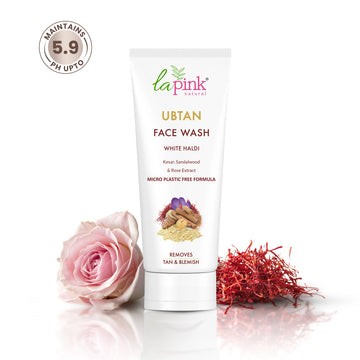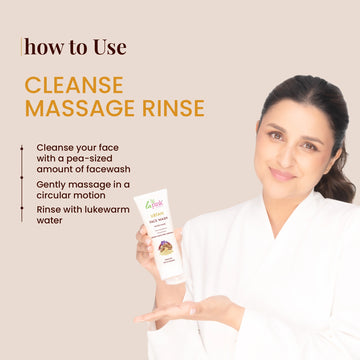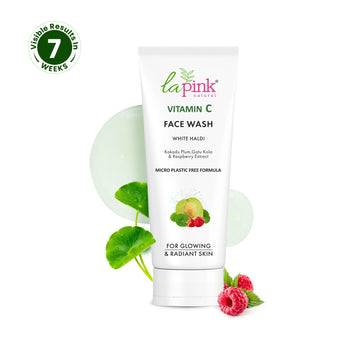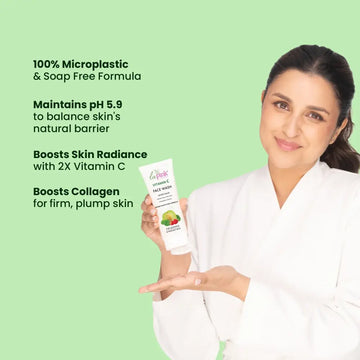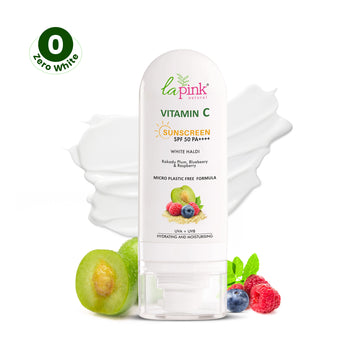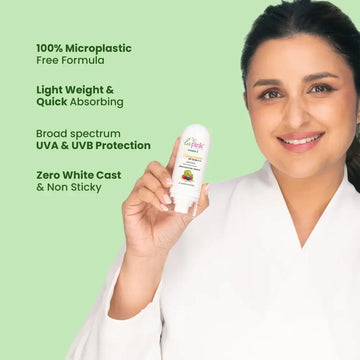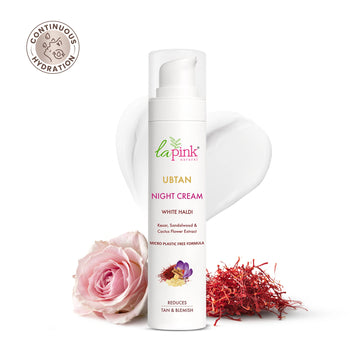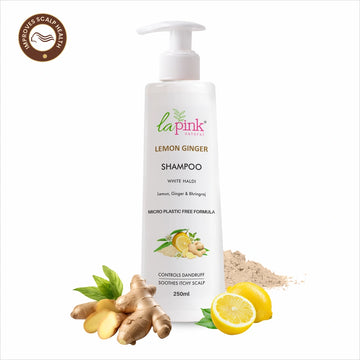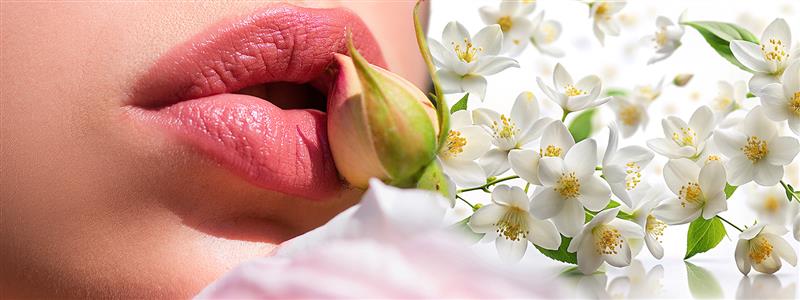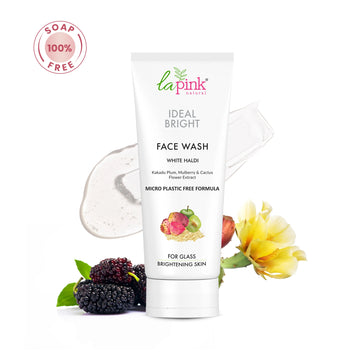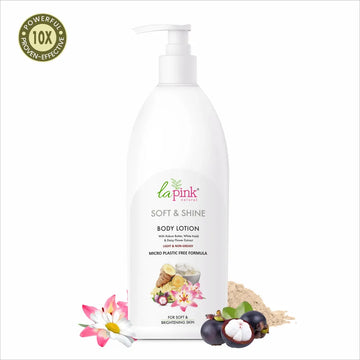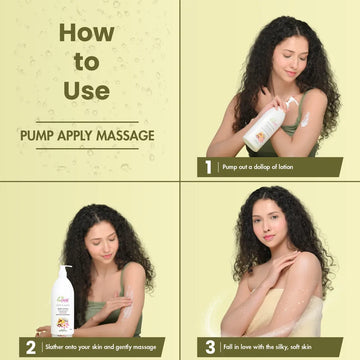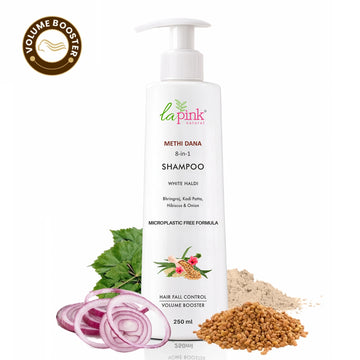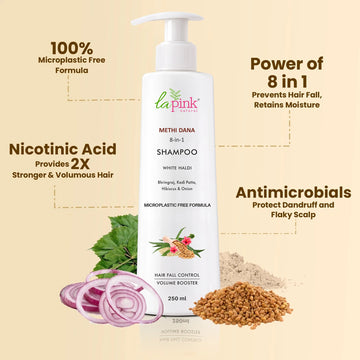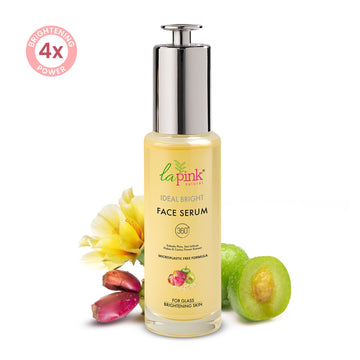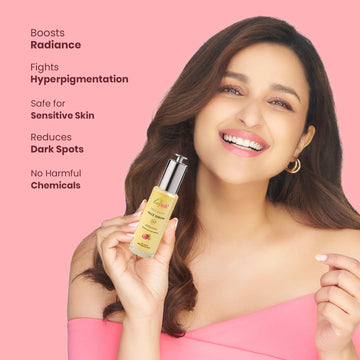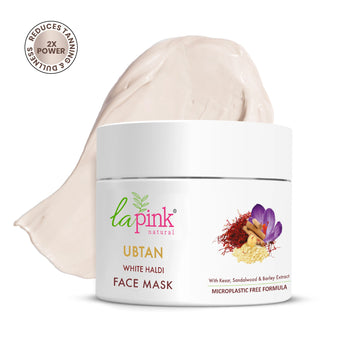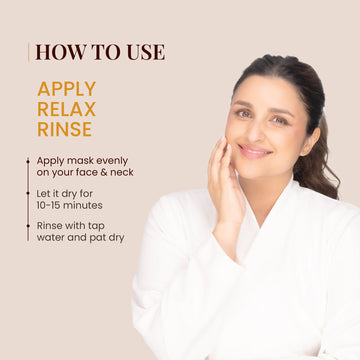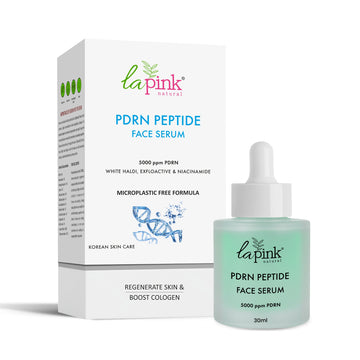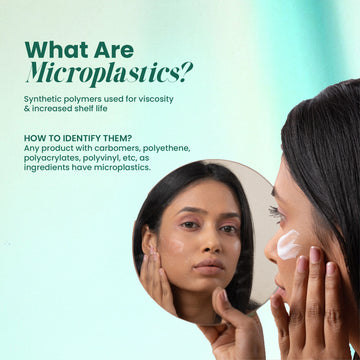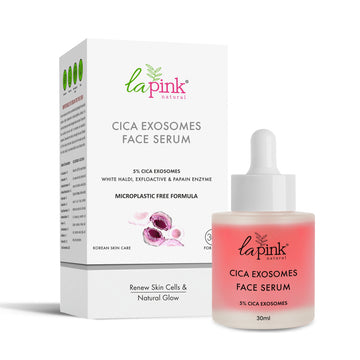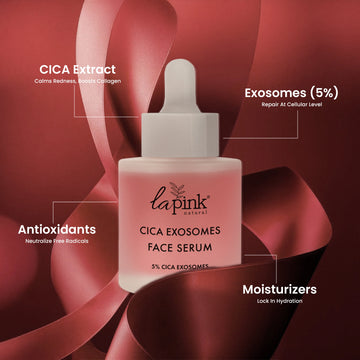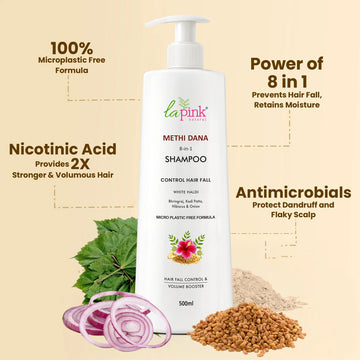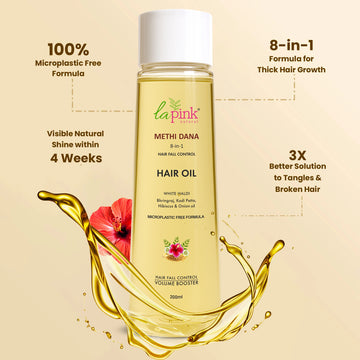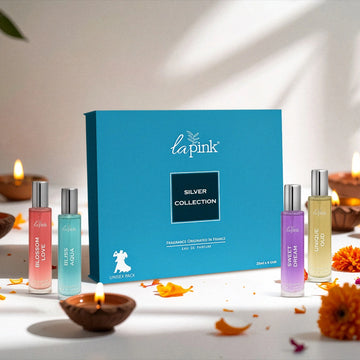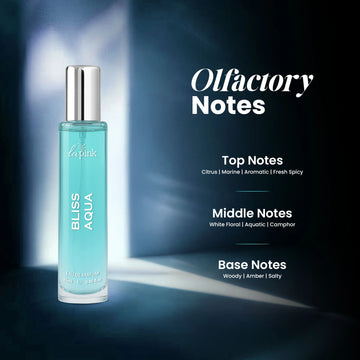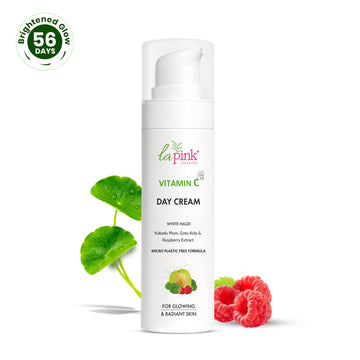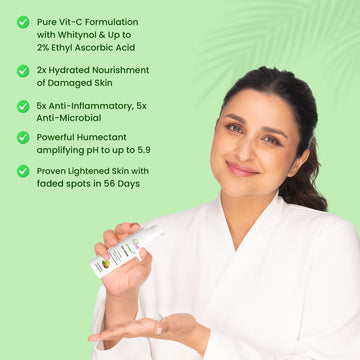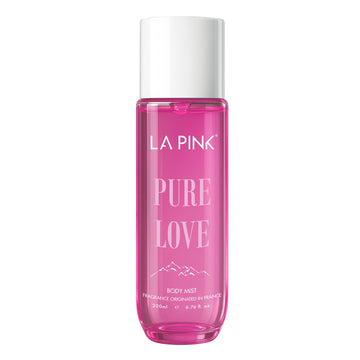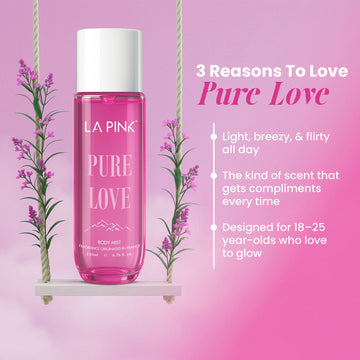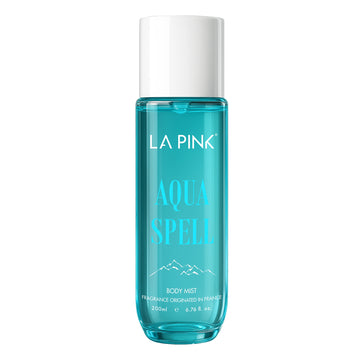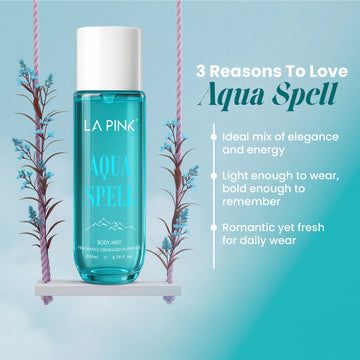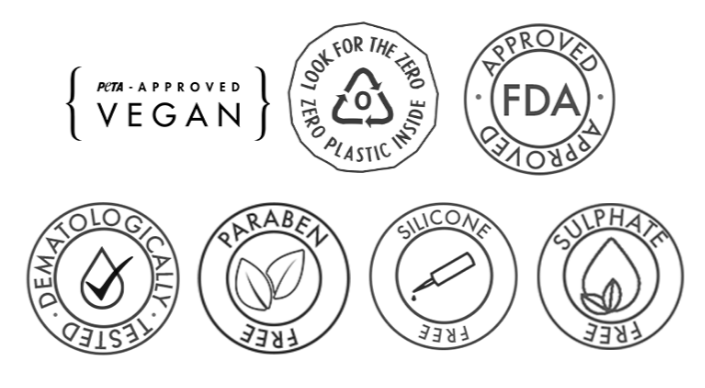How Is Ethylhexyl Methoxycinnamate Used in Skincare?
1. Sunscreen Creams and Lotions (3%–7.5%): Utilized at levels of up to 7.5%, it serves as a main UVB filter, preventing sunburn while providing a light, smooth texture suitable for everyday and beach sunscreens.
2. Facial Moisturizers with SPF (2%–5%): In SPF day creams, it plays a role in UVB protection without changing the texture or promoting greasiness, permitting easy absorption and compatibility with other makeup or skincare products.
3. Lip Balms with SPF (1%–4%): Applied to prevent the sensitive lip area from sun-caused dryness, pigmentation, and early aging. Its oil solubility assists in imparting a smooth, lustrous texture to SPF lip-care products.
4. Makeup Primers and Foundations (1%–3%): Included increased UVB protection in complexion products, enabling consumers to wear makeup that protects against the sun while imparting a matte or dewy finish, depending on product formulation.
5. Body Lotions and Sprays with SPF (3%–7%): Used in light body preparations for broad-surface sun protection. Ease of dispersion and rapid absorption make it well-suited for sprays, mists, and lotions intended for full-body daily use.
Why is Ethylhexyl Methoxycinnamate Popular Among Beauty Formulators?
1. High UVB Absorption Efficiency: It efficiently absorbs UVB rays (280–320 nm), which are most responsible for photoaging and sunburn, and hence can be a good base UV filter in sunscreens as well as in SPF cosmetics.
2. Oil Solubility with Easy Formulation: Its oil solubility makes it blendable with different emollients, creams, and makeup bases, rendering a smooth texture and easy blending in water-in-oil as well as oil-in-water emulsions.
3. Light, Non-Greasy Finish: It adds to light, non-greasy formulations that are cosmetically refined and appropriate for oily or acne skin—ideal for contemporary consumer demand.
4. Increases SPF Ratings: In small percentages, it greatly enhances the product's SPF level, allowing formulators to meet protection goals while being in control of formulation balance.
5. Economically Priced and Widely Available: As against some of the newer filters, it's also less expensive and readily available, an advantage for formulators developing both mass-market and premium skincare brands.
6. Worldwide Approval with Set-Centrations: It is approved in most countries, except some restricted by the U.S. (up to 7.5%) and EU (up to 10%), providing regulatory adaptability for global product distribution.
Possible Advantages of Ethylhexyl Methoxycinnamate
1. Useful UVB protection
Ethylhexyl Methoxycinnamate filters out the UVB rays that cause sunburn, DNA damage, and photoaging. It prevents sun damage to the skin by dissipating UV energy as harmless heat. It has a vital role in helping keep the skin young, even-toned when applied in sunscreens and SPF-fortified skincare.
2. Lightweight and Non-Greasy Feel
Due to its oil solubility and creamy texture, Ethylhexyl Methoxycinnamate lends itself to lightweight, non-clogging sunscreen products. It is easily and rapidly spreadable, with no tacky residue behind. It is thus perfectly suitable for everyday use in tropical or humid weather, and particularly helpful for oily, acne, or sensitive skin conditions.
3. Multiple Applications in Cosmetics
It is utilized outside of sunscreens in BB creams, tinted moisturizers, lip balms, primers, and foundations. Its capacity to bring sun protection into a makeup or skincare formula makes it precious for customers looking for convenience and multi-tasking products, allowing them to escape layering several products without sacrificing effective everyday UV protection.
4. Enhances SPF Performance of Formulas
On adding to a sunscreen product, Ethylhexyl Methoxycinnamate plays an important role in the total Sun Protection Factor (SPF) value. It synergizes with other UV filters such as Avobenzone and Octocrylene, enhancing coverage and increasing protection and product performance over a broad range of sun-exposure conditions.
5. Photostabilizer Stability
While it will degrade with UV light, Ethylhexyl Methoxycinnamate is far more stable when blended with other ingredients such as Octocrylene. This makes the product more durable and allows for longer, consistent sun protection, which is a concern in all-day outdoor use or use in warmer, higher-UV settings.
6. Aesthetic and Sensory Appeal
It contributes to the development of visually pleasing products with transparent, non-chalky, and silky finishes. This positions it as a favorite among formulators of transparent or colored sunscreens. Its sensory benefit enhances user compliance, which can lead to daily SPF use—a necessity in warding off premature aging, dark spots, and skin health problems in the long run.
Potential Downsides of Ethylhexyl Methoxycinnamate
1. Photodegradation Risk
When exposed to sun, it degrades and becomes less effective over time, losing UV protection. It can create free radicals unless stabilized with another ingredient such as Octocrylene or antioxidants, within the product.
2. Possible Endocrine Disruption
There are reports of some research indicating Ethylhexyl Methoxycinnamate can be a weak endocrine disruptor in animal models or in vitro. Although not humanly proven, long-term safety remains controversial, particularly with repeated or high-dose exposure.
3. Skin Sensitivity Issues
In people with sensitive skin, it could produce minor irritation, redness, or allergic contact dermatitis. With use in high concentrations or on compromised skin, such as following sunburn or exfoliation, this risk is greater.
4. Environmental Impact
It is implicated as a cause of coral reef bleaching and aquatic toxicity. For ecological reasons, places such as Hawaii and Palau have banned or limited its use in sunscreens to safeguard marine ecosystems.
5. Incomplete UVA Protection
Ethylhexyl Methoxycinnamate is a UVB ray blocker, providing no protection for UVA radiation. Combinations must also contain other filters such as Avobenzone or Tinosorb to offer full-spectrum sun protection for maximum skin safety.
Do You Know?
Ethylhexyl Methoxycinnamate, or Octinoxate, is a very common UVB sunscreen filter found in skincare. It's approved up to 7.5% in the United States and has a light texture and good sun protection. Although it easily dissolves in sunscreens and makeup, it can break down when exposed to sunlight unless stabilized. A few studies also point towards hormonal interference and ocean toxicity. Despite this, it remains a top choice due to its affordability, performance, and versatility in modern SPF formulations.
